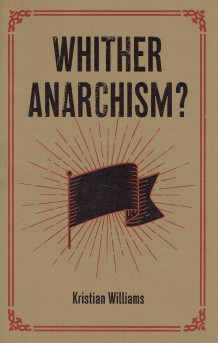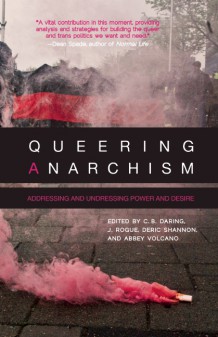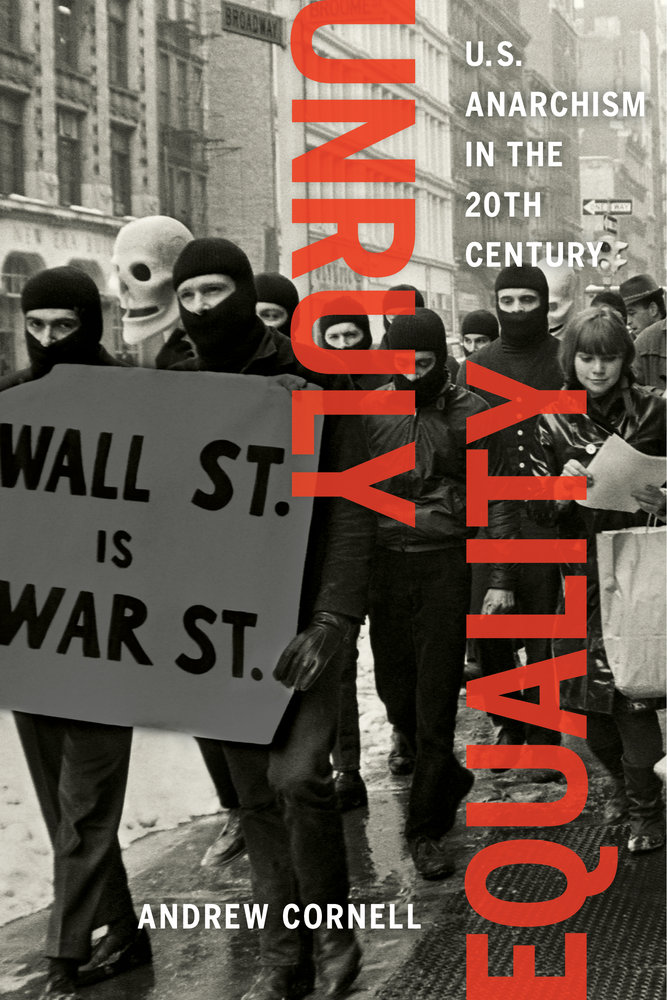I appreciate Kristian Williams’ pamphlet, both the thought put into it and the challenge it represents. I learned a lot from its history, and in particular gained insight into the behavior of anarchists I meet today. Williams traces some practices of contemporary US anarchism back to pacifism, looking at how contemporary anarchists unthinkingly accept much of that philosophy. In my view, that influence led to the movement prioritizing providing comfort to its participants, rather than organizing to change the circumstances that led to the discomfort they feel with society in the first place. This emphasis accepts the inevitability of capitalism and is therefore a strategy to live within its parameters. But I don’t think capitalism will allow us these spaces. Instead, it has to be overthrown and not allowed to come back.
Can We Cancel Cancel Culture?: A Review of We Will Not Cancel Us, And Other Dreams of Transformative Justice, by adrienne maree brown
by Kristian Williams
adrienne maree brown, We Will Not Cancel Us, And Other Dreams of Transformative Justice (Oakland, AK Press, 2020) If the Left is the conscience of society, and feminism is the conscience of the Left, adrienne maree brown is the conscience of feminism. In her latest … Read more



 This book review appears in the current issue of Perspectives on Anarchist Theory (N. 29) available
This book review appears in the current issue of Perspectives on Anarchist Theory (N. 29) available 